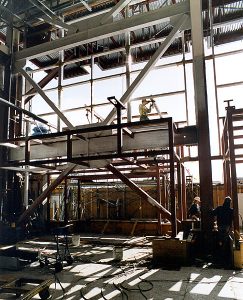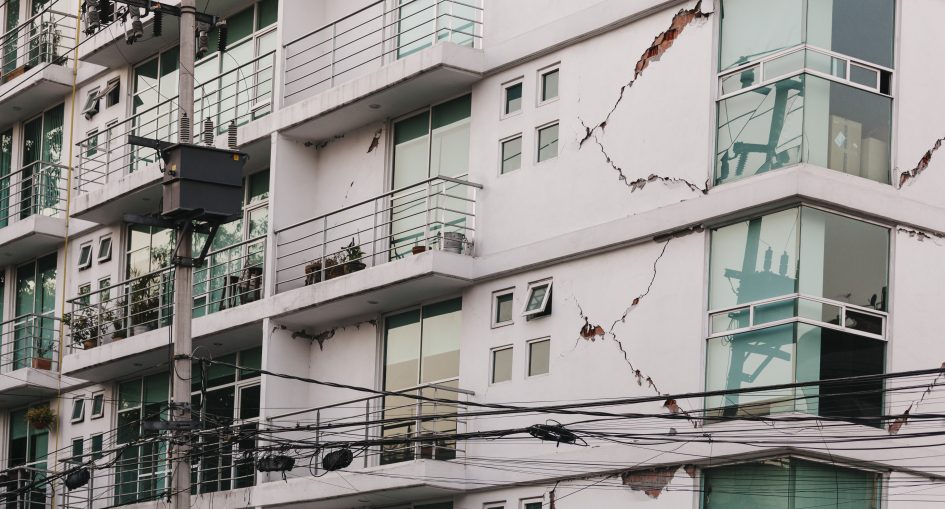One of the most persistent myths in building design in Canada is that parts of the country are “non-seismic”— meaning they are unlikely to experience any earthquake activity, and therefore buildings within those districts are not required to meet seismic loads. The truth, however, is that there are no non-seismic zones in Canada—at least in the eyes of the Canadian Building Code. Rather, there is a continuous sliding scale of seismic intensity, with places like Vancouver having very large response values and places like Edmonton being on the lower end of the scale.
“All sites today must be designed for seismic loads,” confirms Kevin Zwaagstra, project engineer with RJC’s structural group in Calgary, a city often considered to be a low-seismic area. “The misconception about zones likely stems from older building codes that used to specify regions according to the prevalence of earthquakes. For instance, buildings in ‘Zone 0’ did not need to be designed for seismic loads, unlike the way it is today.”
Since the 1970s, Zwaagstra points out that seismic loads have generally increased with each iteration of the building code. For example, in the 1970 National Building Code, Calgary’s seismic design load was zero. With the values used in the 2020 National Building Code (which Alberta’s provincial code will be based on in a few years’ time), it will govern a significant number of building lateral load resisting systems.
“Additionally, the requirements for ductile building design—which better dissipates the energy of a seismic event in a building’s structural system—have steadily increased as the research has guided each new design standard for steel and concrete structures,” he says. “Even in a lower seismic region like Alberta, buildings used for post-disaster services such as communications, hospitals, fire halls, etc., must have lateral load resisting systems that have markedly improved energy dissipation than conventional construction.”
In the 2010 iteration of the National Building Code, seismic restraints—which restrain the contents of buildings from lateral motions, such as bracing equipment, walls, storage racks, etc.—was exempt in low-seismic areas. By 2015, that exemption was removed, since requiring that all post-disaster structures, regardless of the seismicity of the region, have seismic restraint of non-structural components.
 In fact, wherever you live in Canada, seismicity shouldn’t go ignored.
In fact, wherever you live in Canada, seismicity shouldn’t go ignored.
“In general, the best seismic improvement one can make to a structure, particularly in low to moderate seismic regions, is to provide seismic restraint of heavy, unrestrained building components, such as large equipment, storage racks, and masonry partition walls,” Zwaagstra says. “Historically, during seismic events, the movement and collapse of the building components has caused far more damage to life and property than the collapse of structures themselves, which is much rarer.”
Additionally, upgrading the primary building structure is often cost and use prohibitive, effectively requiring a complete stripping of the building’s components to access the primary structure. Seismic restraint of components in existing structures is less invasive, less expensive, and offers a greater improvement to the protection of life and property.
For more information on seismic loads, visit www.rjc.ca or contact Kevin Zwaagstra directly at kzwaagstra@rjc.ca.






